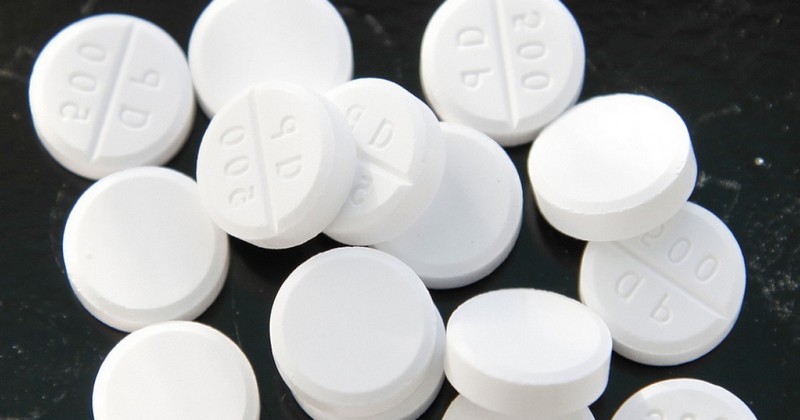Adderall: uses and side effects of this drug

This is, along with methylphenidate, one of the drugs associated with the treatment of ADHD.
Adderall is a drug prescribed for the treatment of attention deficit disorder (ADHD).. In fact, that is where its name comes from (Attention Deficit Disorder).
Currently it is a drug that is prescribed more frequently in adults and is quite popular among the university community, as well as among young professionals and also among athletes, which has generated a great controversy.
What exactly is Adderall?
Adderall is a drug made from amphetamines. For its part, amphetamines are synthetic substances that belong to the group of stimulant agents. central nervous system stimulants (psychostimulants or psychoactives), and as such, what they do is to stimulate both attention and physical performance.
In other words, Adderall is a central nervous system stimulant that is prescribed medically, especially for attention deficit disorder (without hyperactivity), but it is also used, for example, to treat narcolepsy. Not only that, but in recent years its use for recreational purposes and for purposes such as school, physical or work performance has increased significantly..
It has been approved for production and commercialization in the United States since 2001 under the name ADDERALL TX, in tablets with a concentration of 5, 10, 15, 20, 25 or 30 mg.
Main effects
Technically, stimulants promote and increase the release of catecholamines in the brain, i.e. substances such as noradrenaline, adrenaline and dopamine, which are transported in the bloodstream and neuronal networks so that we can respond to stressful situations.
The latter has the effect of increasing reaction times, causing a feeling of alertness and of always being awake, and even producing euphoria and a greater tolerance to pain. Adderall is therefore used to maintain attention for a longer time and to increase physical performance.
Side effects
In terms of adverse effects, the constant and prolonged use of amphetamines can lead to sleep disturbances, anxiety, psychotic and manic episodeswhich in the long run may require the use of other drugs.
Among the most serious side effects, and given that it significantly accelerates the heart rate, a relationship has been reported between amphetamine intake and sudden death, Cardiovascular accidents, psychotic or manic episodes, visual disturbance, and the development of gastrointestinal, endocrine and liver diseases..
Therefore, it is contraindicated in people who have symptoms of cardiovascular diseases, hypertension, hyperthyroidism, glaucoma, agitated states or history of addiction to psychoactive drugs. It may also increase impulsivity in the case of children with a diagnosis of Attention Deficit Hyperactivity Disorder.
Aside from all of the above, perhaps the most problematic and controversial effect of amphetamines is that they are highly addictive substancesThis means that they generate a great number of problems, not only at the private but also at the public level: the need to consume them gradually increases, as well as tolerance (which also increases the dose that needs to be taken); and the probabilities that their uncontrolled use will increase the number of people susceptible to developing chronic diseases, and even the illegal market, increase.
Difference between Adderall and Ritalin
The difference between Adderall and Ritalin is that the basic component of Adderall is amphetamine, and the basic component of Ritalin is methylphenidate.. Both amphetamine and methylphenidate are substances that stimulate the nervous system, so their effects are practically the same.
What is the controversy?
The use of Adderall (as well as Ritalin) has generated significant controversy in recent years primarily because of its highly addictive and highly normalized effects.
It has also been widely discussed because, while it has improved educational and occupational performance, the use of such drugs frequently conceals shortcomings that are specific to educational and work environments.. That is to say that they are used in an increasingly widespread and normalized manner, not only to compensate for difficulties in the teaching-learning process of children, but also among the university community or among young professionals and athletes who are required to maintain productivity rhythms that go beyond their own capabilities.
Consequently, their commercialization is becoming more and more widespread, even though the very tendency to diagnose attention deficit disorders on a large scale (especially in the United States) has already been questioned.
Some say that in the past, drugs were used to make people disconnect from social reality, as a means of escape and to reach different states of consciousness; and now, it seems that they are used for the opposite purpose, to make us connect with that social reality, as quickly and as well as possible.
(Updated at Apr 12 / 2024)